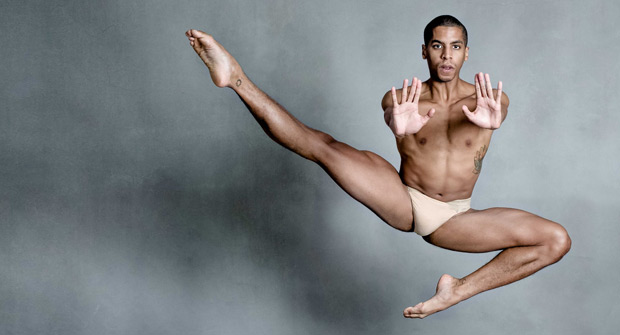
© Vikki Sloviter Portrait Photography. (Click image for larger version)
Lawrence Rines on Instagram, Facebook
www.bostonballet.org
Lawrence Rines came to my attention with his intensely physical solo in Helen Pickett’s work Eventide. In this dance of extreme positions, Lawrence moves with a feline grace and his upper body phrasing adds a special dimension. Critics have also taken notice of this Boston Ballet corps de ballet member too, no matter if he is leaping across the stage in Theme and Variations or hidden behind a furry costume dancing the bear role in the Nutcracker. He is an engaging presence on stage and off – and one to watch this upcoming season.
During the last week of December, Lawrence sat down with me at the Boston Ballet headquarters and had a long conversation about training, performing and dancing Italian pas de chats. Here are some excerpts from our exchange that have been edited for clarity and length.

© Rosalie O’Connor, courtesy of Boston Ballet. (Click image for larger version)
What inspired you to study dance?
I was a gymnast when I was younger. It helps in gymnastics to take dance classes. When I was nine or ten I basically grew to the height that I am now. So they, [the coaches] told me, “It’s going to be really hard for you to be this tall in gymnastics.” I was a smart kid and didn’t want to waste my time. I asked my mother, “Why don’t I give dance a shot?” Ballet called to me out of all dance forms. It was also the support of my teachers.
When did you begin studying ballet seriously and contemplating a career path as a ballet dancer?
I was ten. I went to a small ballet school and then I went to The Rock School for Dance Education in Philly. There was a big difference between going to a small school and a big one. At the Rock, kids went to cyber school for a bit in the morning and then did four hours of ballet and then ate lunch followed by more ballet in the afternoon. My parents were like, “What is that?!” No one where we lived was doing this. When I got there, this [schooling scenario] was presented to my parents. “Okay if you are going to do this then you have to do this for real.” they said. I didn’t go the homeschool route. I went to a school that would help with scheduling so I could go to normal classes in the morning, because my parents are very scholastic-achievement-oriented people. They said, “We are happy that you’re happy but you have to be very realistic and not be a dummy and you have go to school and develop good social skills!”

© Vikki Sloviter Portrait Photography. (Click image for larger version)
What teacher has had the greatest impact on you?
I would definitely say that I gained a lot of wisdom going to The School of American Ballet. It is such an amazing honor to go to the school and directly work with the people who worked with Balanchine. Musicality is beat into us! It is the most valuable thing that you can have as a dancer. You can tell a Balanchine-trained dancer from anyone else. We know how to play with music: pull back on certain things, speed up certain things, hold a balance here.
Natasha Zeiger was a big influence for me while I was at The Rock School. I feel like she is my “dance mom” in a sense. She takes you under her wing and wants the absolute best for and from you even if that means telling you that what you did was horrible from time to time. I will always remember the time that she coached me my first year I competed at the YAGP (Youth American Grand Prix ballet competition). She found a super-old Russian version of a variation that no one ever does that she knew was going to be perfect for me. Fast forward to the competition, I ended up placing 2nd in the classical category at the Philadelphia regionals. I went over to her after to thank her and she hugged me, crying, and told me how proud of me she was. Then she proceeded to smack me on the head and tell me to do a better pirouette in the finals. She is the best. I make a point to see her when I come home to Philly.
How did Boston Ballet II (BBII) prepare you for the company?
Oh my goodness I was just talking to someone about this. So basically we were told that joining BBII is two-year audition. After the full two years you either get promoted to the corps de ballet or go somewhere else.
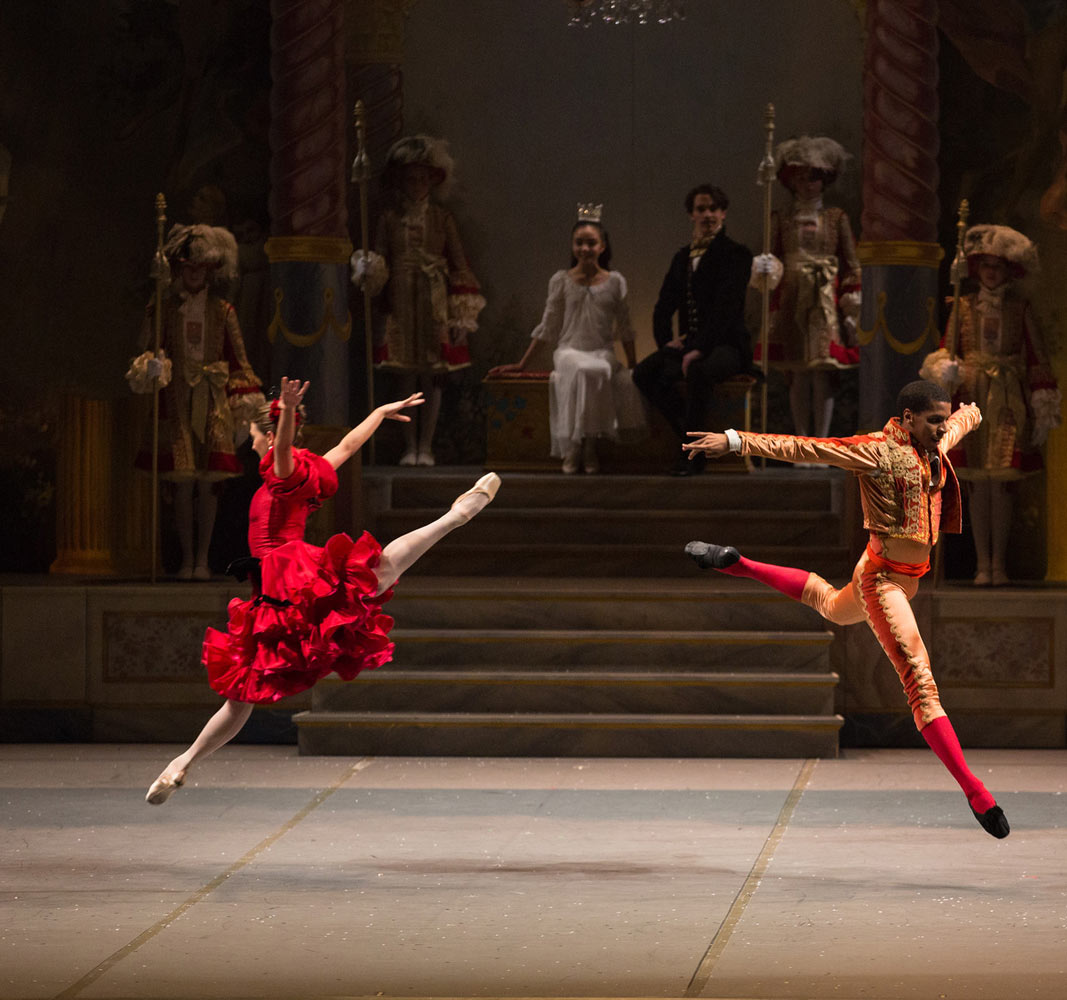
© Rosalie O’Connor, courtesy of Boston Ballet. (Click image for larger version)
When I was hired, Boston Ballet did not have a lot of corps people. In my first year here BBII apprentices were in everything. When Boston Ballet did Theme and Variations I was first cast corps as an apprentice. I was eighteen!
It was a sink or swim thing. The company tells you: we are giving you opportunities to prove yourself. We joke about it all the time; the second year of BBII makes or breaks you as a person and as a dancer. It was the hardest year of my life.
What ballets have you enjoyed performing at Boston Ballet?
There are so many. In the seven years I’ve been at Boston Ballet I’ve danced in so many different ballets. The amazing repertory is a draw to dancers and audience. Aside from contemporary-focused companies like Dresden Ballet or the Norwegian National Ballet I don’t see anyone else doing such a varied rep.

© Rosalie O’Connor, courtesy of Boston Ballet. (Click image for larger version)
Dancing in Wayne McGregor’s Chroma was an opportunity I got my second year in the corps. Working with Wayne’s partner and répéteur, Antoine Vereecken was the most incredible thing because he worked with Wayne’s company for over ten years. A lot of times when you learn a ballet it’s older people teaching the ballet and they’ll just say, “It’s this and this.” But then there’s Antoine who knows every single part, can do all the parts, and can explain how to do the steps. This style, it’s very physical – insane legs, butt, ribs everything! And there are lots of interruptions; this is what makes it so captivating. It’s a really special ballet for me because I got to perform it when I was so young and then we did it again last season. Watching myself grow, doing something years later is really cool. I used to worry. Now it’s more free and fun because I’m thinking [of the piece] in a different way.
The most dream-like performing experience for me, was the first time I danced the Third Movement principal role from Balanchine’s Symphony in C. When I saw my name on casting, I thought what is happening? I had no expectations of actually performing it. Out of a snowball and domino effect of injuries, Mikko [Nissinen, the Artistic Director of Boston Ballet] came up to me and told me, “You and Dusty Button (a principal dancer) are going to do it.” This was so amazing but also terrifying. We came in on our day off and ran the ballet: one studio rehearsal with people, one stage rehearsal with Dusty, and then I was on.
Symphony in C begins with a fast allegro, followed by slow andante section, the Third Movement I danced is a scherzo; it’s all jumping moves, travelling steps, and tricks for the two principles. It’s like you are trying to out dance each other. All the other dancers have a break before going into the finale but Third Movement dancers don’t. I remember my second show I had to do all three ballets on the program Serenade, Chroma and then Symphony in C! Brad Schlagheck (a former soloist) literally had to push me onstage because I was so tired I didn’t think that I would be able to get through!
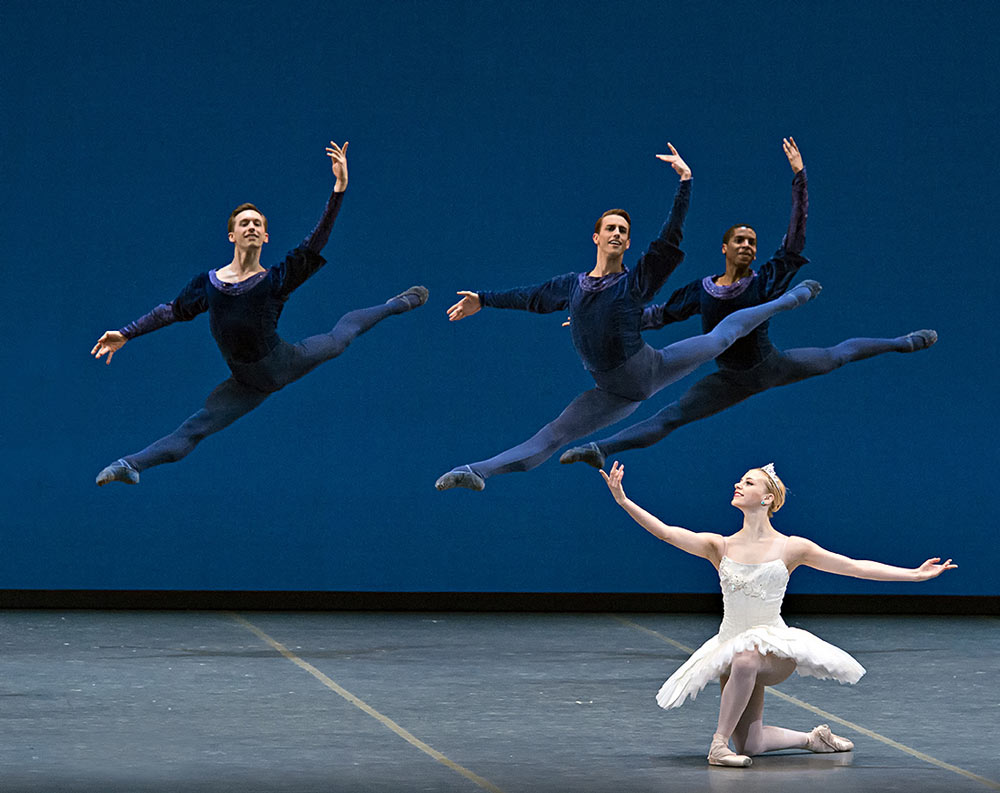
© Gene Schiavone. (Click image for larger version)
You have had a number of featured roles in contemporary work. Tell me about your solo in the 2015 version of Eventide last season.
Working with Helen Pickett was really, really, eye opening to me. Helen definitely has a way with what she says and how she says it to really bring something out of you.
With dancing – ballet or contemporary, we [dancers] care a lot about how we look. Helen instructed us to “throw it away, make mistakes, fall over here, fall over there.” Assuring us, that this way, “you know the extent of where you can go [physically] and you can bring it back a little but from there. But you’ll never know if you are looking in the mirror too much.”
How does dancing a classical ballet compare with a contemporary work?
With contemporary and contemporary choreographers it’s always about finding your own voice and what sets you apart from different people.
Classical ballets like Swan Lake or Giselle are set in a certain way and you can’t deviate from it. And that’s the amazing thing about classicism. It’s so simple. It’s pristine; it’s a clear diamond. You don’t want to throw a bunch of crap onto an engagement ring!
Favorite ballet move?
I have a couple. Any petit allegro step that’s very fast and very challenging – I’m all over it. The Italian pas de chat, is also a favorite. Actually at SAB (School of American Ballet) it’s called the Violette because the principal dancer Violette Verdy was so good at it! Before I do one, I think to travel as much as I can in the preparation steps, plié deeply, get my hips up and just get my top leg as high as I can.

© Vikki Sloviter Portrait Photography. (Click image for larger version)
What dancers have had an impact on you as an artist?
Boston Ballet is a family. We do have guidance and coaching but it is help from other dancers that is the most valuable. It’s really nice. Watching other people dance is just the most inspiring thing in the world too, especially friends Jeffrey Cirio, Lia Cirio, Kathleen Breen Combs, Whitney Jensen and Bradley Schlagheck.
How do want to grow as an artist?
I feel as though now that I’m older, working smart is the best thing as a dancer and artist. It’s not about NOT trying as hard as when I was younger, but really thinking about things.
When you are younger technique is really pushed. Then you realize when you get into a company those things matter, but they are not the be all and end all. Some of the best dancers in the world, in my opinion, don’t have the highest extension or craziest pointed feet and can’t do twenty pirouettes.
I shouldn’t think about the drawbacks in my dancing. As I push forward I want to be more positive. I’m here for a reason.
To find out more about Lawrence Rines’ upcoming season visit his highly entertaining instagram account Slightlymochalola.







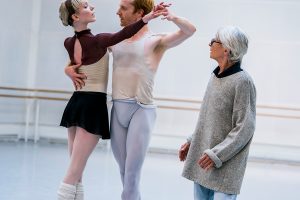

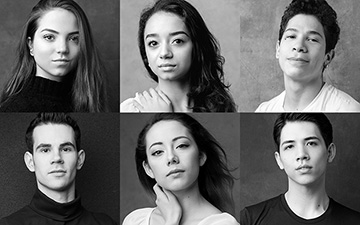
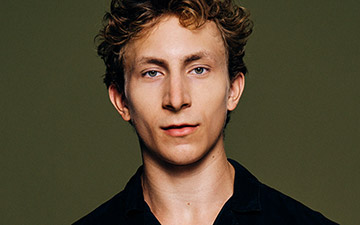
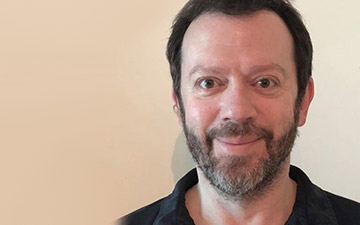

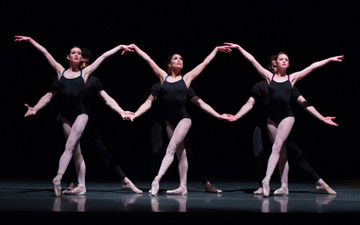
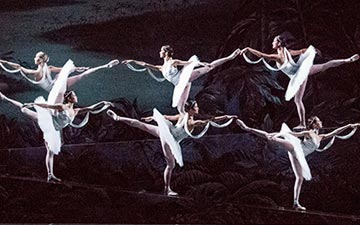

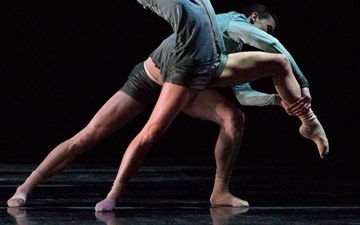
You must be logged in to post a comment.